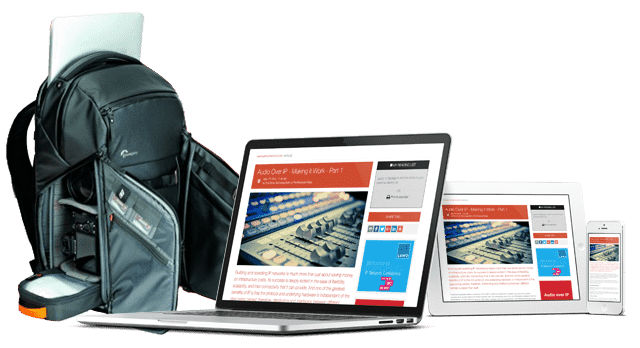The Era Of The Virtual Microphone

Since the beginning of pro audio, connoisseurs of classic microphones have invested in rare, aging instruments that are said to bring a certain magical quality to the sound. Since many of these vintage mics are quite old, they incur an increasingly high level of costly maintenance. Most of the rest of us are priced out of this collector’s domain.
Now, in the age of powerful personal computing, there is an alternative: the virtual microphone. It is a real microphone that uses digital signal processing (DSP) to artificially emulate the sound pickup characteristics and frequency response of another microphone.
Virtual mics are essentially neutral and transparent sounding with an equally neutral mic preamplifier. When a DSP “model” of another mic is applied to the virtual mic, the mic can then emulate the sound of that model. The DSP software is typically part of a modeled pre-set.
The idea of virtual mics really began in 2015, when Steven Slate introduced the Slate Digital ML-1 Virtual Microphone System (VMS). Slate called it “a hybrid system that utilizes an extremely transparent condenser microphone, a sonically neutral preamp and state-of-the-art digital processing suite that recreates the tone of classic microphones and preamps.”
The Slate VMS, priced at under $1,000, is a very cost effective way for users to experiment with rate and classic mics. It caught on with end users. A wide range classic mic and mic preamp sounds is achievable by combining the mic with the VMS software that Slate has continued producing. The VSM led other companies to join the virtual mic parade.
Townsend Labs began offering the Sphere L22 Microphone Modeling System ($1499) in 2015. It featured the Sphere L22 dual-diaphragm microphone with the Sphere plug-in, which allows users to emulate the response, transient response, harmonics, proximity effect and three-dimensional polar response of many classic mics. Users can record the front and rear capsule at the same time, which allows users to change microphone selections and polar patterns after recording has taken place.

Antelope Edge Modeling Microphone.
Antelope Audio debuted their large-diaphragm Edge Modeling Microphone ($899) in 2017. It also offers dual-diaphragms and dual output and, when used with their modeling software, allows the user to model every polar pattern on every mic, with accurate on- and off-axis responses.
Another Antelope microphone, the Verge ($149) is designed to work with all preamp-equipped Antelope Audio interfaces.
Sweetwater Sound, a pro audio dealer based in Fort Wayne, Indiana, did a test of all three virtual mic systems to see how well they emulated the sound of classic mics such as the Neumann U67, Sony C-800G, AKG C12, Telefunken ELA M251 and U47 and the Shure SM57.
If you are seeking a clear winner, you’ll need go to the Sweetwater mic test page, listen to the samples and then follow to the debate at the link.
Each system has their proponents, but it is clear that virtual microphones have a place and the category is here to stay.
You might also like...
Big Chip Cameras For Broadcast: The History Of The Camera Sensor
Understanding the motivations and implications of using large sensors in broadcast, demands an examination of the historical relationship between cinema and broadcast camera technology & creative production techniques.
Immersive Audio 2025: The Rise Of Next Generation Audio
Immersive audio has gone spatial with the addition of height control and NGA formats to support it, and consumer demand is booming… but it is all still about the experience.
Live Sports Production: Exploring The Evolving OB
The first of our three articles is focused on comparing what technology is required in OBs and other venue systems to support the various approaches to live sports production.
Cloud Compute Infrastructure At IBC 2025
In celebration of the 2025 IBC Show, this article focuses on the key theme of cloud compute infrastructure and what exhibitors at the show are doing in this key area of technological enablement.
Monitoring & Compliance In Broadcast: Real-time Local Network Monitoring
With many production systems now a hybrid of SDI & IP networking, monitoring becomes a blend of the old and the new within a software controlled environment.











